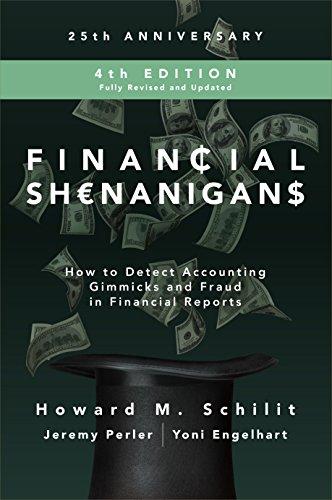Question
Binomial Stock Option Modeling Your brother-in-law has been reading too many get rich quick articles and wants to try his hand at investing in derivatives.
Binomial Stock Option Modeling
Your brother-in-law has been reading too many get rich quick articles and wants to try his hand at investing in derivatives. He has turned to you, the business school all-star, for advice on valuing and exercising stock options. In particular, he is tracking a particular stock and has noticed that the price fluctuates quite a lot even though it doesnt change that much in the long run. He feels that if he buys call options on the stock, he can profit from this volatility with minimal risk and investment. Since you have studied finance, you know that a call option is a contract that gives you the right to purchase shares of stock at some future date at a pre-determined price (strike price). If you exercise the option (meaning: buy the shares), it is assumed that you immediately re-sell the shares at the prevailing market price and pocket any gains. If the market price is below the strike price when the option expires, obviously you would not exercise the option, and anything you paid for the option contract will be lost.
Your brother has asked you to help him determine how much he should be willing to pay for such an option, and if he does purchase it, what his strategy should be for exercising it. You explain that the value of the option depends entirely on his assumptions about the stock price movements over time. He replies that the stock is currently trading at $100/share, and while he doesnt expect any long-term change, over the course of an average month the price either goes up or goes down by $15, with equal probability. He can buy a 90-day (three-month) call option with a strike price of $110.
Start by modeling this as a European call option, purchased on Dec. 1. The contract allows you to buy shares of the stock on a specific date (three months from now: the end of February) at a guaranteed price of $110 per share. At the end of February, what stock prices might you see, and with what probabilities? What is your payoff per share if you exercise the option wisely (only when there is a gain to be had)? This is the value of the option per share, based on your brother-in-laws projections.
Now model this as an American call option, where you can exercise the option any time between now and the expiry date (but only once). For convenience, and to avoid calculus, assume that you will choose to either exercise the option or to hold onto it and you will make this choice at the end of each month after the price changes described above (total of three decision points). What is your optimal decision strategy here, and what is its expected value? This is the value of this option contract, per share. Show the risk profile associated with the recommended strategy.
So that he doesnt misinterpret your advice (and blame you), write a one-page summary to your brother-in-law explaining clearly how you calculated the value of his option and the strategy he should follow in exercising it.
Step by Step Solution
There are 3 Steps involved in it
Step: 1

Get Instant Access to Expert-Tailored Solutions
See step-by-step solutions with expert insights and AI powered tools for academic success
Step: 2

Step: 3

Ace Your Homework with AI
Get the answers you need in no time with our AI-driven, step-by-step assistance
Get Started


